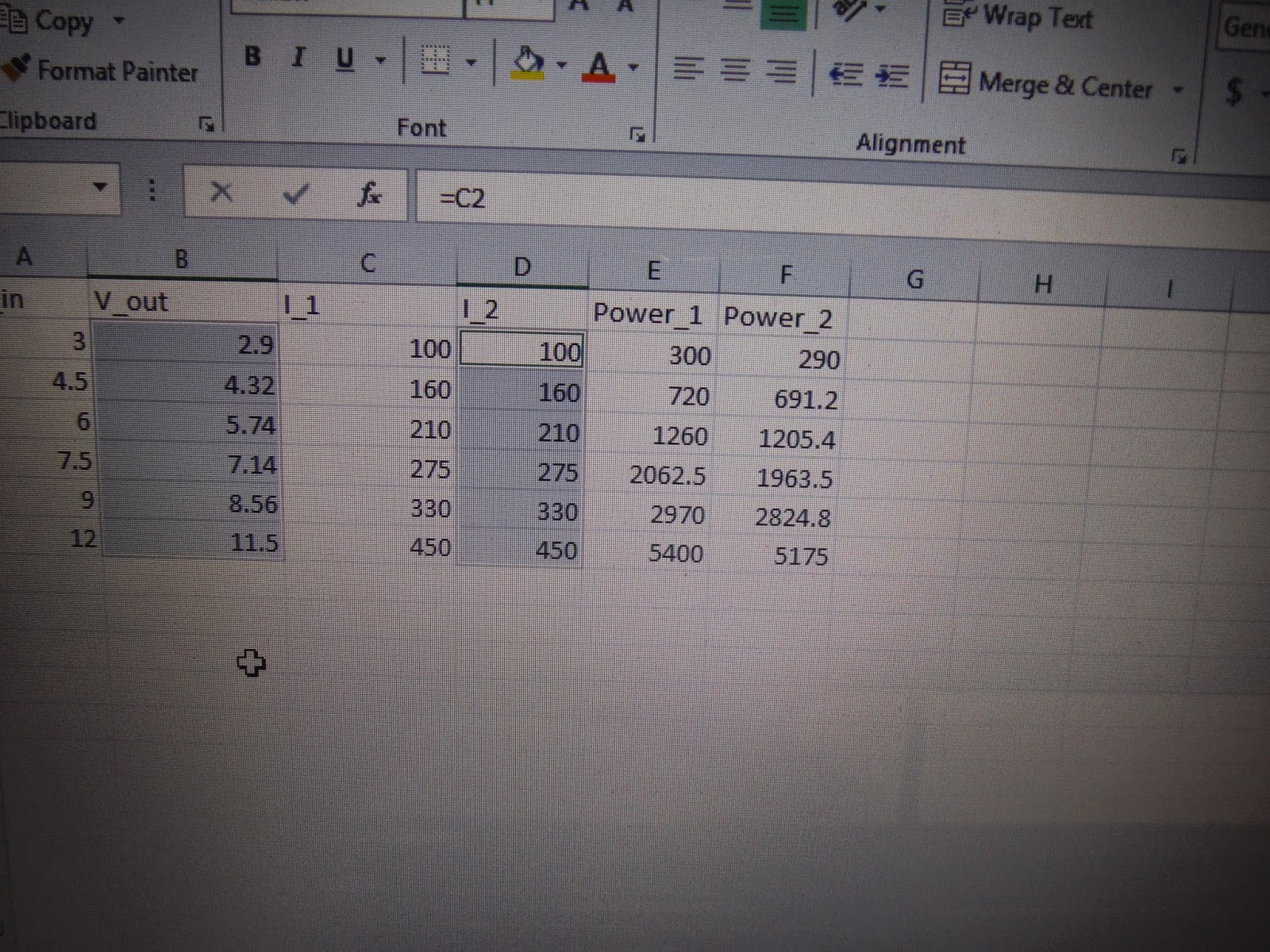Capacitors carry a charge and a potential that vary with time, using Kirchhoff's loop rule we experimented with a circuit to observe how a capacitor charges and discharges and what factors determine why they do.
Here we derived the time constant T (tao) which was equal to 1/R*C ( resistance and capacitance)
This factor was used in relation with the derivation of the loop rule E-iR-q/c=0 solving for current
we found that the charge q=Qf(1-e^-t/RC) was the equation for a charging capacitor with the factor T (tao) determining how fast the capacitor charged and discharged.
Here was our circuit set up , we used a resistor of 3.5 kohm and a emf of 4.5 V. We ran our capacitor in series to see how it charged and ran the circuit in parallel to see how it discharged.
We used sensors on the capacitor to record the current through and charge on the capacitor as shown below
We used Logger-Pro to display the relationship between the current and the charge on the capacitor once a current was introduced to the circuit, what we observed was as the charge increased on the capacitor the current decreased as a result of the potential between the emf and the capacitor plate decreasing.
As a result of this lab we found that initially when the circuit was closed the charge and potential across the capacitor was zero, after a time the charge increased as a result of the current carrying charge to the capacitor, the current decreased as the electric potential decreased.





























